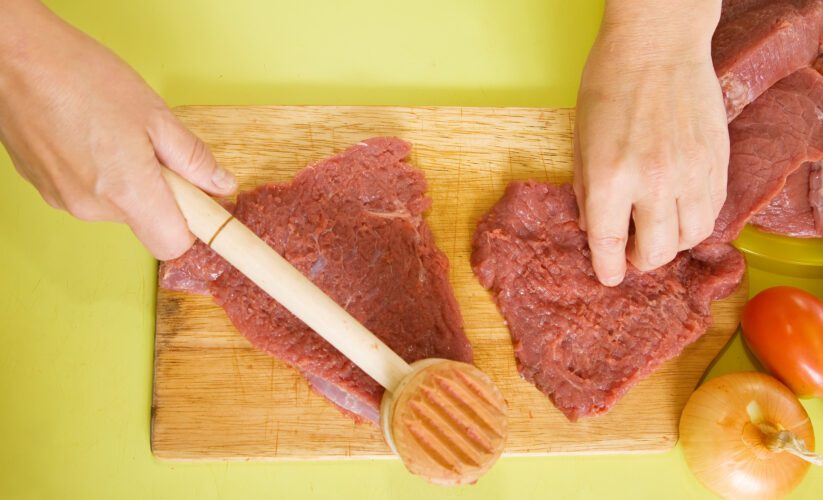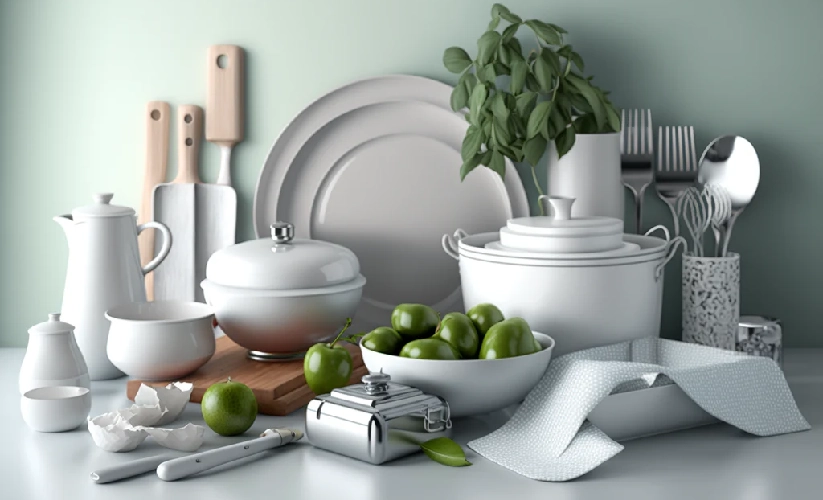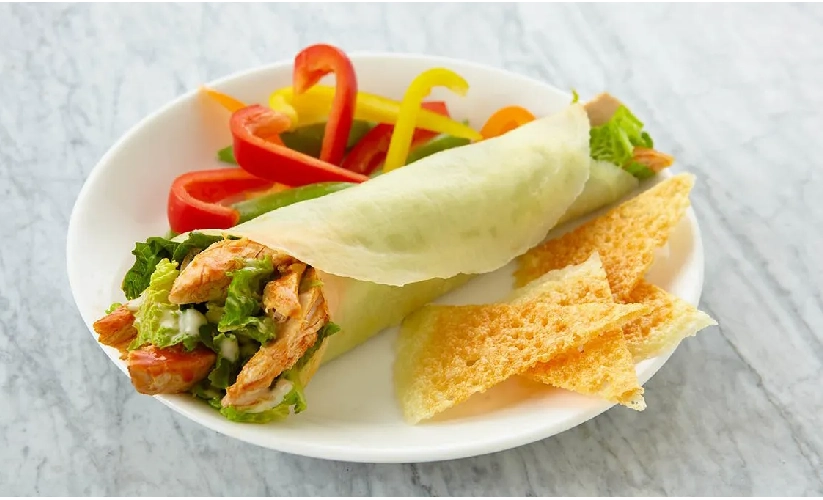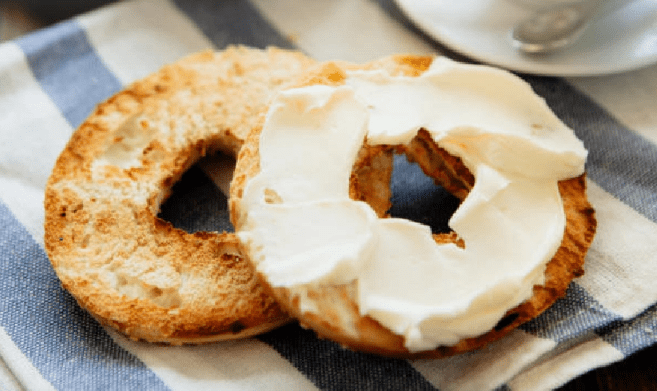How to Make the Best Prime Rib Roast in the Oven

If you’ve ever wondered how to make the best prime rib roast in the oven, you’re in the right place. This dish is the epitome of elegance, flavor, and tenderness. A perfectly cooked prime rib roast can elevate any special occasion, from holidays to family dinners. Whether you’re a seasoned chef or a beginner in the kitchen, this guide will help you achieve a delicious, juicy, and tender roast every time.
What is Prime Rib?

Prime rib, also known as a standing rib roast, is a luxurious cut of beef that comes from the primal rib section. This cut is known for its rich marbling and tenderness, making it ideal for roasting. The flavor of prime rib is second to none, and when cooked properly, it practically melts in your mouth.
Why Roast It in the Oven?
Roasting prime rib in the oven is the classic method, and it allows you to control the temperature precisely. Unlike other cooking methods, roasting helps to evenly cook the meat while retaining its juices. In this blog, we’ll walk you through each step to ensure you know how to make the best prime rib roast in the oven with ease.
What You’ll Need
Before we dive into the steps, here’s a list of essentials you’ll need to make the best prime rib roast in the oven:
- Prime Rib Roast: Aim for about 1 pound of meat per person.
- Seasonings: Simple ingredients like garlic, rosemary, thyme, salt, and pepper work wonders.
- Olive Oil or Butter: For coating and searing.
- Roasting Pan: Preferably with a rack to lift the roast off the bottom.
- Meat Thermometer: To ensure perfect doneness.
- Kitchen Twine: To tie the roast if necessary.
Preparing the Roast
- Choosing the Right Cut: Start by selecting a well-marbled prime rib. Look for even fat distribution throughout the roast. This will ensure a juicy, flavorful end result.
- Bring It to Room Temperature: Before cooking, let the prime rib sit out for about 2 hours to come to room temperature. This helps it cook more evenly and reduces the risk of overcooking the outer layers.
- Seasoning the Meat: Generously season the roast with salt and pepper. You can also rub on a mixture of minced garlic, fresh rosemary, and thyme. The more you season, the more flavor your roast will have. This is a crucial step in how to make the best prime rib roast in the oven.
- Tie the Roast (Optional): If the roast has bones, you may want to tie it up with kitchen twine to help it cook evenly. This is especially important if the roast is large or unevenly shaped.
Searing the Roast

Searing is an essential step in cooking prime rib. It helps to develop a rich, caramelized crust that locks in all the flavors.
- Preheat Your Oven: Set your oven to 500°F (260°C). A high initial heat will help you create the perfect crust. This step is key to how to make the best prime rib roast in the oven.
- Sear the Roast: Heat some oil or butter in a large skillet over high heat. Once hot, sear the prime rib on all sides until it’s deeply browned. This should take about 5-6 minutes. Don’t skip this step – it’s the key to that rich, flavorful crust.
Roasting the Prime Rib

- Transfer to the Oven: After searing, place the roast in the preheated oven. You’ll want to cook it at the high heat of 500°F for 15 minutes, which will help create a flavorful outer crust.
- Lower the Temperature: After 15 minutes, lower the oven temperature to 325°F (165°C). Continue roasting for about 15 minutes per pound of meat for medium-rare doneness. A meat thermometer is essential here. Insert it into the thickest part of the roast to check the internal temperature.
- For rare: 120-125°F (49-52°C)
- For medium-rare: 130-135°F (54-57°C)
- For medium: 140-145°F (60-63°C)
- For well-done: 150°F+ (66°C+)
- Resting the Meat: Once your prime rib reaches the desired temperature, remove it from the oven. Let it rest for at least 20-30 minutes before slicing. This allows the juices to redistribute, ensuring the roast stays moist and tender. Resting is just as important as roasting when learning how to make the best prime rib roast in the oven.
Slicing and Serving the Prime Rib

Once your roast has rested, it’s time to carve it. Use a sharp carving knife to slice against the grain. This helps keep the meat tender. Serve with your favorite side dishes, such as roasted vegetables, mashed potatoes, or a creamy horseradish sauce.
Tips for Perfect Prime Rib
To help you achieve how to make the best prime rib roast in the oven, here are a few expert tips:
- Don’t Overcook It: The key to a great prime rib is cooking it to the right temperature. Use a thermometer, and don’t rely on time alone. Remember that the roast will continue cooking slightly as it rests.
- Use a Rack: Elevating the prime rib on a rack in the roasting pan ensures even heat circulation. This helps cook the roast evenly from all sides.
- Baste the Roast: While not necessary, basting the roast with the juices in the pan every 30 minutes can add extra flavor. However, be sure not to open the oven too often, as this can disrupt the cooking process.
- Resting Is Key: Don’t rush the resting period. It’s essential for a juicy roast. If you cut into it too early, the juices will run out, leaving you with a dry roast.
Frequently Asked Questions
How Long Should I Cook Prime Rib in the Oven?
The general rule is 15 minutes per pound of meat at 325°F for medium-rare. However, cooking time may vary depending on your oven and the size of the roast. Always use a meat thermometer for the best results.
Can I Cook a Frozen Prime Rib?
It’s best to thaw the roast in the fridge before cooking. Cooking a frozen prime rib can result in uneven cooking and loss of juiciness. Always plan ahead for the best results.
How Do I Reheat Prime Rib?
If you have leftovers, gently reheat the prime rib in a low oven (around 250°F) until warmed through. Avoid high heat, as it can dry out the meat.
Conclusion
Learning how to make the best prime rib roast in the oven is easier than it seems, especially with a bit of patience and the right technique. With the perfect blend of seasoning, searing, and slow roasting, your prime rib will be tender, flavorful, and the centerpiece of any meal. So, the next time you have a special occasion, don’t hesitate to put your new skills to the test. You’ll impress your guests with your cooking expertise and enjoy a delicious, melt-in-your-mouth meal.




